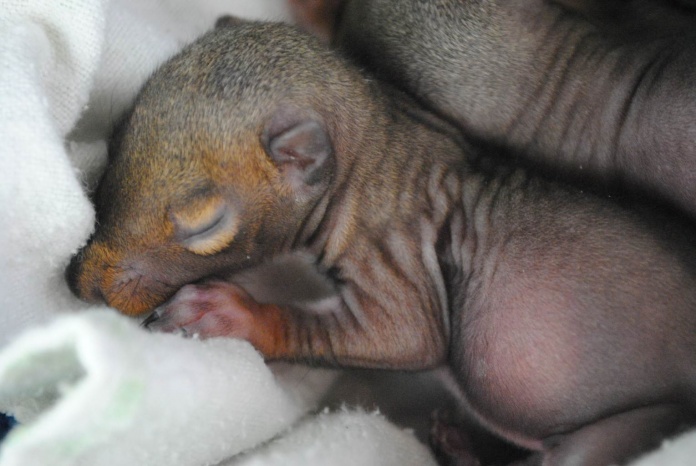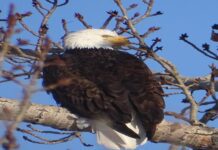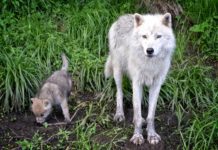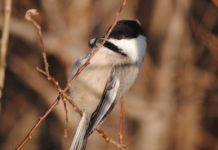by Jenna McFarland
There are so many benefits to living in a beautiful city like Calgary. Most residents will agree the easy access to wild spaces is a driver to living here. Greenspaces that can be used year-round allow us to enjoy sharing spaces with the over 400 species of wild animals that live alongside us. Calgarians also get to experience the rare wonder called a Chinook. Warm, dry winds create a mini oasis in the wintertime giving us a much-needed reprieve from the icy-cold of a prairie winter. Have you ever thought about what this might mean for hibernating animals? What about animals who experience a torpor through the winter? For most animals that are inactive during the cold winter months, hibernation and torpor are stimulated by several factors; photoperiod (daylight hours), temperature and reduction in available resources to use as food. For those animals that are stimulated to sleep by cold temperatures, warm winters or frequent chinooks can wreak havoc on their yearly schedules.
At the Calgary Wildlife Rehabilitation Society, we often see this disruption in the form of unseasonably early babies. In animals such as squirrels, being roused too early from their winter homes can stimulate early breeding resulting in babies being born when the weather is far too cold to support their survival. Lagomorphs such as white-tailed jackrabbits, snowshoe hares and mountain cottontail rabbits have also been known to have early babies with a low survival rate during winters with fluctuating temperatures. While this may not affect their ability to continue breeding through the late winter and spring, it is surely a huge expenditure of energy to experience an unsuccessful litter of young so early in the year.
We often get questions from the media and the public alike about how climate change is affecting our native wildlife. Its difficult to infer, from a wildlife rehabilitation perspective, how populations may be affected by our yearly shifts in climate. We can however expect that there will be changes in the way animals behave as our climate changes, especially when we can see these changes happening with natural weather cycles within our city. When you are out enjoying our outdoor spaces during the next Chinook, look around at the animals sharing those spaces with you. Its worth wondering how climate may be impacting their individual lives.
If you find an injured or orphaned wild bird or animal in distress, please contact the Calgary Wildlife Rehabilitation Society at 403-214-1312 for tips, instructions and advice, or look at the website at www.calgarywildlife.org for more information.










